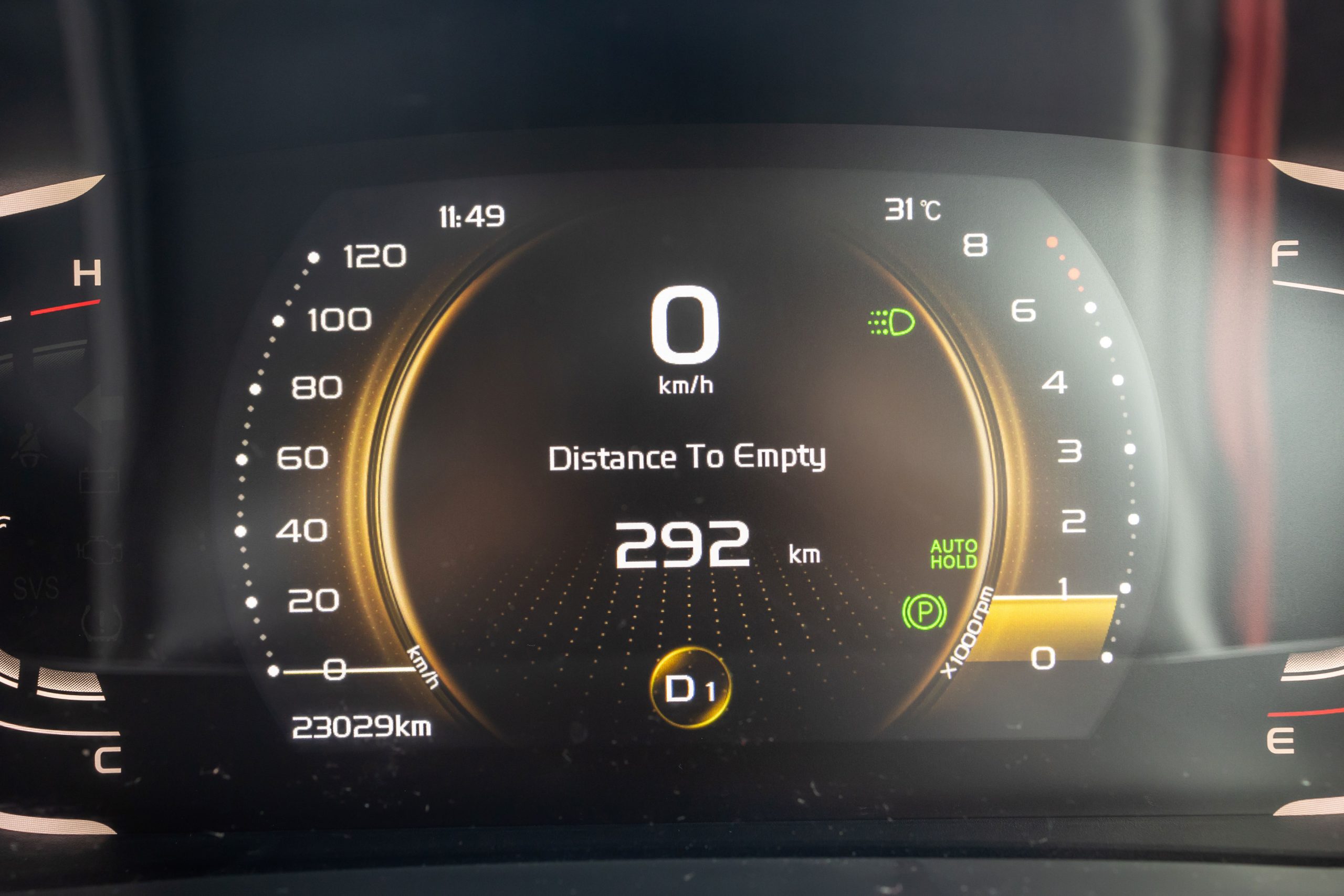Just six months ago, the Wall Street Journal wrote: “The price gap between used and new cars has never been larger.” At the time, it cited a report by the online car-shopping site Edmunds showing the gap between the average new and used vehicle was a record high $20,000, up about 33 percent from a year earlier.
Well, a lot has changed since last November!
A combination of factors – everything from tariffs and trade wars to global supply chains and from inflation to Covid – have made everything more expensive and have complicated the math on new vs. used.
Whether you’re eyeing the latest hybrid SUV or a reliable used Sedan, understanding the broader forces at play can help you make a smarter financial decision.
Supply and Demand
You might be in the market for a new vehicle, maybe one to replace what you are now driving, or perhaps an additional car in the driveway for your high school or college-aged child.
If you have ever taken a basic Economics 101 class, you know that prices are usually based on supply and demand. That balance is not working in favor of car buyers right now.
On March 1, the supply of new cars on dealer lots was 91 days, according to Kelly Blue Book. On April 1, it was just 70 days, which is far below average and a sign that prices are likely to rise. Early reports show that sales this month are booming, and the supply will likely get even tighter.
Economists and car shoppers alike fear that prices will surge if and when President Trump’s next round of tariffs on cars and car parts goes into effect next month. Prices could jump by $3,000 to $4,000, according to many industry economists. Some models could increase by as much as $10,000.
The industry publication Automotive News says tariffs “could cause massive ripple effects throughout global automotive supply chains.”
Domestic vs. Foreign Made
The obvious answer would seem to be to buy a domestic brand. However, it’s much more complicated than that. Many of the most popular “U.S. brands” are built here at home and overseas. The Dodge Ram 1500, for instance, is assembled in both the U.S. and Mexico. Also, most American brands depend on parts that come from Mexico, Canada, China, and elsewhere.
Virtually all cars built in the U.S. use foreign parts, and car parts regularly cross back and forth across our borders with Canada and Mexico as part of the production process. This includes steel, aluminum, semiconductors, seat covers, and filters.
The global nature of car production means that even “domestic” cars often rely on a complex web of international suppliers.
Most of the extra cost from tariffs will likely be passed directly on to consumers.
New vs. Used: The Basics
There’s nothing quite like driving a brand-new car off the lot. You get the latest technology, fuel efficiency, and advanced safety features. New cars also typically come with full warranties, easing concerns about unexpected repair costs in the first few years.
However, that shiny new car also has a steep downside: depreciation. Most vehicles lose 20–30% of their value in the first year alone. That’s money lost before the odometer even hits four digits.
On top of the soaring price of a new car, drivers are also being hit with much higher insurance costs and still high interest rates. Insurance costs are up more than 22 percent from a year ago. Maintenance costs are rising sharply, as well.
For cost-conscious buyers, used vehicles often represent the better deal. Because the initial depreciation has already occurred, the price tag is significantly lower — and so are insurance premiums.
Used cars are also less directly impacted by tariffs. Once a vehicle is already in circulation, new import duties or trade restrictions don’t affect it. As a result, used cars can serve as a buffer against rising costs in the new vehicle market.
But the used market isn’t without its own challenges. Increased demand, partly due to the rising cost and scarcity of new cars, is pushing up used car prices. While they remain more affordable on average, the gap between new and used vehicles has narrowed.
Also, the supply of the most in-demand 3-to-4-year-old cars is lower than normal. Believe it or not, the lingering impact of the COVID-19 pandemic is partly to blame. When the pandemic was raging, supply constraints, chip shortages, and plant shutdowns meant fewer new cars rolled off the assembly lines in 2021 and 2022. Those cars would be coming off of a traditional three-year lease this year, and that lack of supply is being felt on used car lots now.
Edmunds says the selection and inventory resulting from these deficit years will result in a shortage of millions of used vehicles, heightening the shopping challenge for today’s buyers.
One way or the other, it appears that car buyers will be paying more over the next few months or longer.



